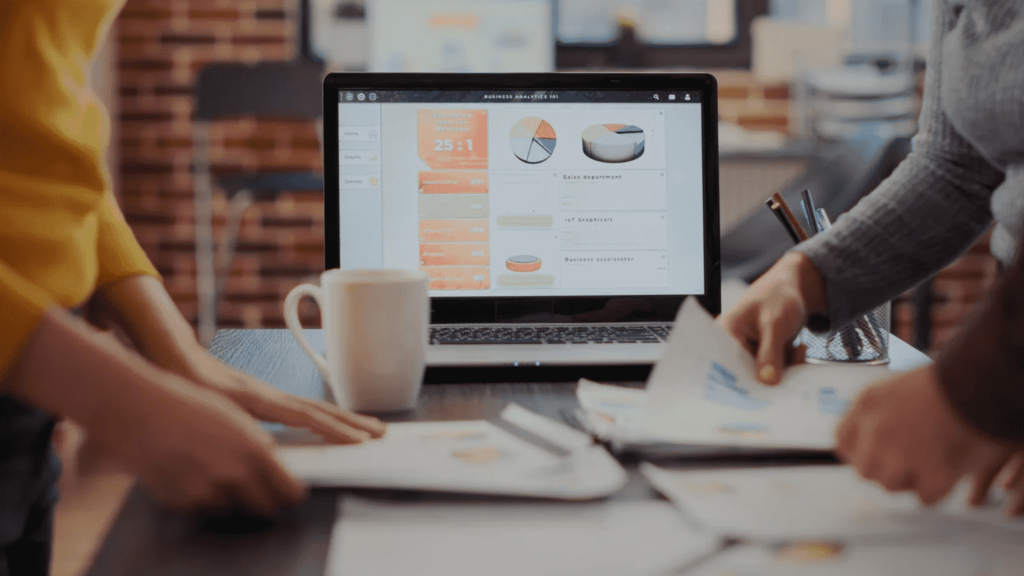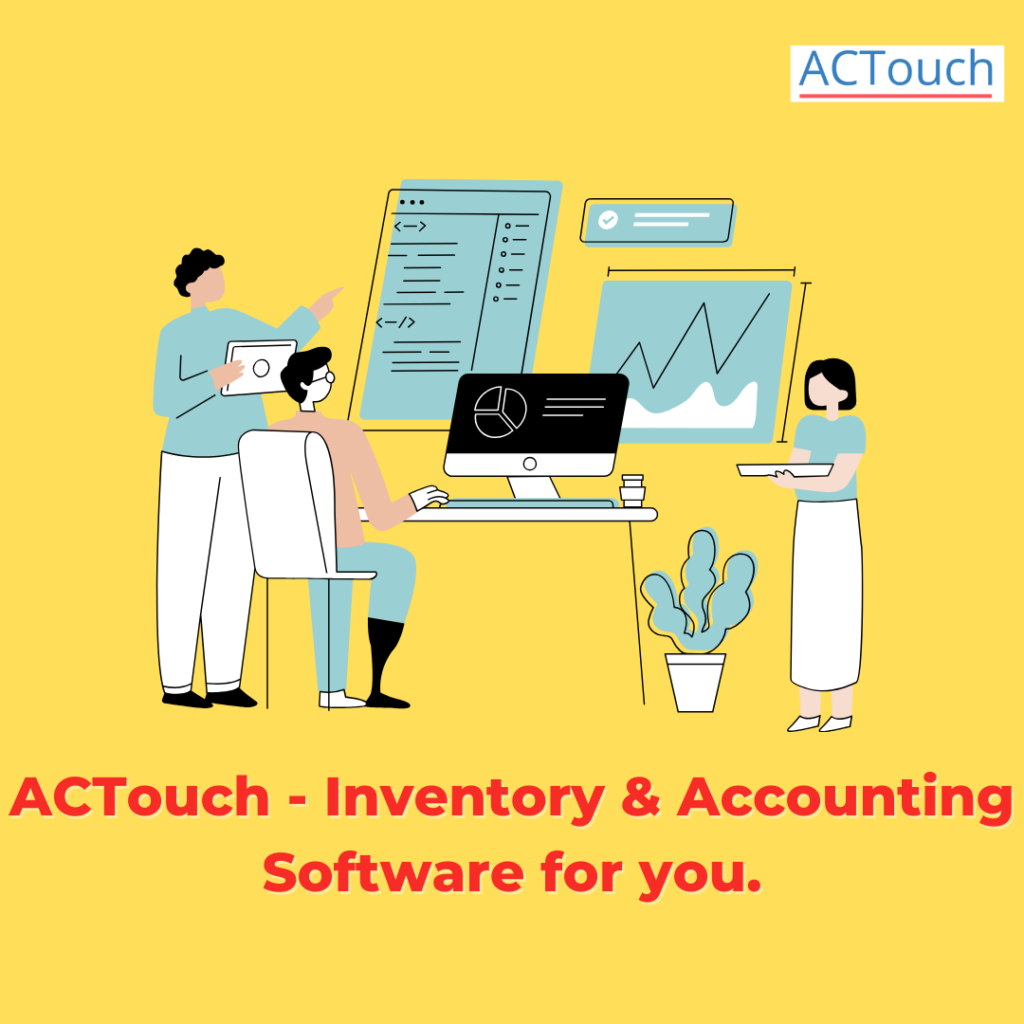Backordering Inventory
What is Backordering Inventory?
Backordering Inventory refers to a strategic inventory management practice where a customer places an order for a product that is currently out of stock items or unavailable. Instead of rejecting the order outright, businesses accept the order and promise to fulfill it as soon as the product becomes available again. In essence, it’s a way of allowing customers to reserve items that are temporarily unavailable, ensuring they receive the product once it’s restocked.
But Customer needs to be careful with storage space costs too while addressing Supply chain issues and bring in the stockinto company. Backordered products quantity can be decided based on other few parameters like Safety stock, stock levels, backorder rate, any surge in demand compared to previous years (cyclical demands), stock product in hand like raw materials, Semi Finished products etc.
A good customer experience will make a customers happy and will get more repeated orders too. Most of the above can be managed with an efficient inventory management system or Enterprise Resources Planning software that has inbuilt fulfillment process, manage backorder situations, identify the most sold or popular product so that we can reorder before it goes below safety stock level, knowledge of inventory turnover ratio and helps to avoid excess stock in warehouse.

What is Back Order Meaning?
A back order occurs when a customer places an order for a product that is currently not in stock. Rather than canceling the order, the business accepts it and prioritizes fulfilling it once the product becomes available again. This practice allows businesses to maintain customer satisfaction by ensuring that customers receive their desired items despite temporary unavailability.
What is the Backordering Inventory Process?
The backordering Inventory process involves several steps:
- Order Placement: A customer places an order for a product that is out of stock.
- Notification: The business informs the customer that the item is currently unavailable but can be backordered.
- Order Acceptance: The business accepts the order and reserves the product for the customer.
- Restocking: Once the product is restocked, the business fulfills the backordered item and ships it to the customer.
Why is Backordering Important?
Backordering Inventory offers several benefits to both customers and businesses. For customers, it ensures they can secure products even when they’re temporarily unavailable. This helps in maintaining customer loyalty and satisfaction. For businesses, backordering prevents lost sales and revenue, as customers might look elsewhere if their desired item is out of stock. It also aids in inventory management by allowing businesses to gauge demand for specific products and plan restocking accordingly.
What is Backordered? Explain with Examples
When an item is backordered, it means that a customer has placed an order for that item, but it is currently not available in the inventory. For instance, if a popular smartphone model is sold out but customers continue to place orders for it, those orders are considered backordered. Once the smartphones are restocked, the business fulfills the backordered orders and ships the products to the customers who had placed them.
What is Backlog in Inventory?
Backlog in inventory refers to the accumulation of customer orders that have not yet been fulfilled due to product unavailability. It represents the demand for products that have exceeded the available supply. Managing this backlog effectively is crucial to ensure that customers receive their orders promptly once the items are restocked.
What are Backorders? Give Examples
Backorders are customer orders for products that are currently out of stock. Examples:
- A clothing retailer receiving orders for a newly released dress that quickly goes out of stock.
- An online electronics store receiving orders for a smartphone that is temporarily unavailable due to high demand.
What is Backlog vs Backorder?
“Backlog” and “backorder” are terms commonly used in business and supply chain management to describe different situations related to demand, inventory, and order fulfillment. While they might seem similar, they represent distinct concepts that organizations need to manage effectively.
Key differences between backlog and backorder, along with examples are as below.
Backlog:
A backlog refers to the accumulation of unfulfilled orders or tasks that have not been completed within the expected timeframe. It can apply to various business aspects, including customer orders, production tasks, software development, and customer service requests. Backlogs often occur when demand exceeds capacity or when there are delays in processing orders or tasks.
Example: Imagine an e-commerce company experiencing a surge in orders during a holiday sale. Due to the high volume of orders, some orders might not be processed immediately. As a result, a backlog of unfulfilled orders accumulates. The company needs to prioritize and allocate resources to clear the backlog and meet customer expectations.
Backorder:
A backorder specifically refers to customer orders for products that are currently out of stock or unavailable. When a customer places an order for an item that is not in stock at the moment, the order is placed on backorder. The company acknowledges the order but informs the customer that the product will be shipped once it becomes available.
Example: Consider a smartphone manufacturer launching a new model. The demand for the new model is high, and the initial inventory is quickly depleted. Customers who place orders for the new model after it goes out of stock are put on backorder. The manufacturer assures these customers that their orders will be fulfilled as soon as the new batch of smartphones arrives.
Key Differences of Backlog and Backorder
- Nature of Demand:
- Backlog: Refers to a general accumulation of pending orders or tasks.
- Backorder: Specifically applies to customer orders for products that are temporarily out of stock.
- Scope:
- Backlog: Can include various types of uncompleted tasks or orders within an organization.
- Backorder: Relates to customer orders for products that need to be restocked.
- Status of Items:
- Backlog: Can involve various types of tasks or orders, whether products are in stock or not.
- Backorder: Pertains exclusively to products that are temporarily unavailable.
- Customer Communication:
- Backlog: Does not necessarily involve direct communication with customers unless it affects order fulfillment.
- Backorder: Requires communication with customers to inform them of the delay and provide an estimated delivery date.
- Resolution:
- Backlog: Requires prioritization and allocation of resources to clear the pending tasks or orders.
- Backorder: Requires restocking the product and fulfilling customer orders once the product is available.
While both backlog and backordering inventory relate to unfulfilled demand or tasks, they represent different aspects of business operations. Backlog refers to an accumulation of pending tasks or orders, whereas backorder specifically relates to customer orders for products that are temporarily out of stock.
What is the Purpose of Backorder?
A backorder serves a strategic purpose in business operations, particularly in managing supply and demand dynamics. It is a tool that companies use to balance customer expectations, inventory management, and order fulfillment. Understanding the purpose of backorders and their impact on companies is crucial for maintaining customer satisfaction and efficient operations.
Purpose of Backorder
The primary purpose of a backorder is to address situations where customer demand exceeds the immediate availability of a product. Instead of turning away potential customers or cancelling their orders, companies place these orders on backorder. This allows companies to retain customers and fulfill their orders as soon as the product becomes available again.
How Backorders Affect Companies?
- Customer Retention: By accepting backorders, companies prevent customer frustration and maintain a positive customer experience. Customers appreciate transparency and the commitment to fulfilling their orders once the product is restocked.
- Revenue Generation: Backorders help companies capture sales even when products are temporarily out of stock. This allows companies to generate revenue from customers who are willing to wait for the product.
- Inventory Management: Backorders provide companies with valuable insights into product demand. They can use this information to adjust inventory levels, forecast demand, and plan production or procurement accordingly.
- Supply Chain Flexibility: Backorders allow companies to manage inventory more effectively. Instead of overstocking products that might not sell immediately, they can maintain leaner inventory levels and reorder when necessary.
- Reduced Waste: Companies can avoid overproduction and excess inventory by fulfilling orders on a backorder basis. This helps reduce waste and associated costs.
- Customer Expectations: Communicating transparently about backorders sets realistic customer expectations. Companies can provide estimated delivery dates and keep customers informed about order status, which helps manage customer satisfaction.
- Market Demand Response: If a company experiences unexpected high demand for a product, backorders can provide insights into the need for product expansion or more frequent production cycles.
- Operational Efficiency: Backorders allow companies to manage production and logistics more efficiently, as they can plan to restock specific products based on customer demand.
Challenges and Considerations:
While backorders offer benefits, companies must also consider the potential challenges, such as managing customer communication, accurately estimating restocking times, and ensuring that customers are willing to wait for their orders.
Example:
A fashion retailer introduces a limited-edition collection that quickly gains popularity beyond their initial expectations. As their inventory of the collection depletes, they face a situation where more customers want to purchase the items than there are products available. To retain customers and meet demand without overproducing, the retailer accepts backorders. They communicate with customers, providing estimated restocking dates and assuring them that their orders will be fulfilled as soon as new stock arrives.
What is the Formula for Backordering Inventory Model?
The formula for backorder inventory cost is:
Backorder Inventory Cost = Backlog * Holding Cost per Backorder Unit per Unit of Time
What is the Formula for Backlog?
The formula for backlog is: Backlog = Beginning Backlog + New Orders – Completed Orders
What are the Backorder best practices?
Backorder Best practices include:
- Clear Communication: Inform customers about the backordering process and estimated fulfillment time.
- Regular Updates: Keep customers informed about order status and expected restocking dates.
- Prioritization: Fulfill backorders based on order placement to ensure fairness.
- Inventory Monitoring: Implement robust inventory tracking systems to manage backorders effectively.
- Supplier Collaboration: Work closely with suppliers to ensure timely restocking and minimize backorders.
- Customer Options: Offer customers the choice to wait for the backordered item or opt for a refund.
By effectively implementing backordering Inventory practices, businesses can maintain customer satisfaction, manage inventory efficiently, and minimize the impact of product unavailability on their operations.
|

